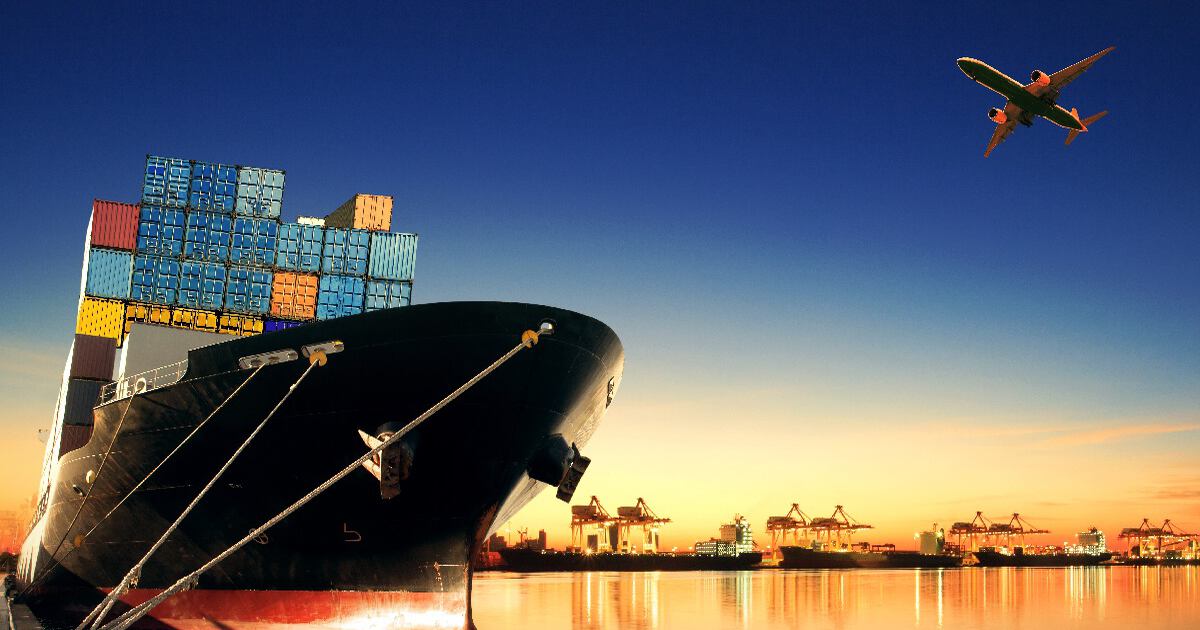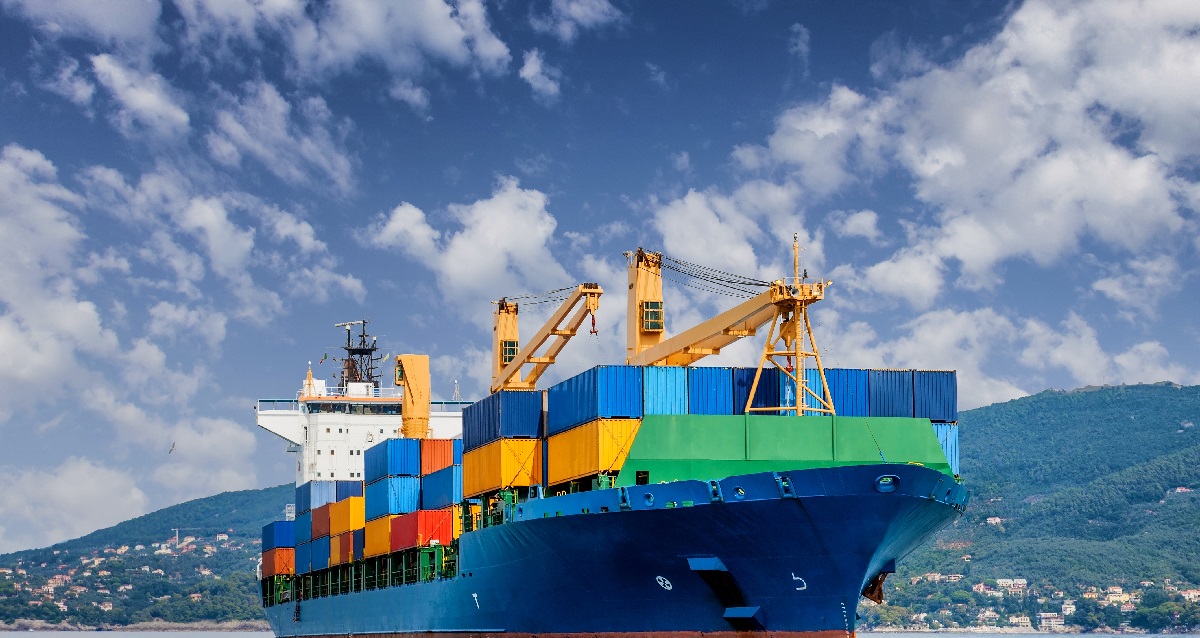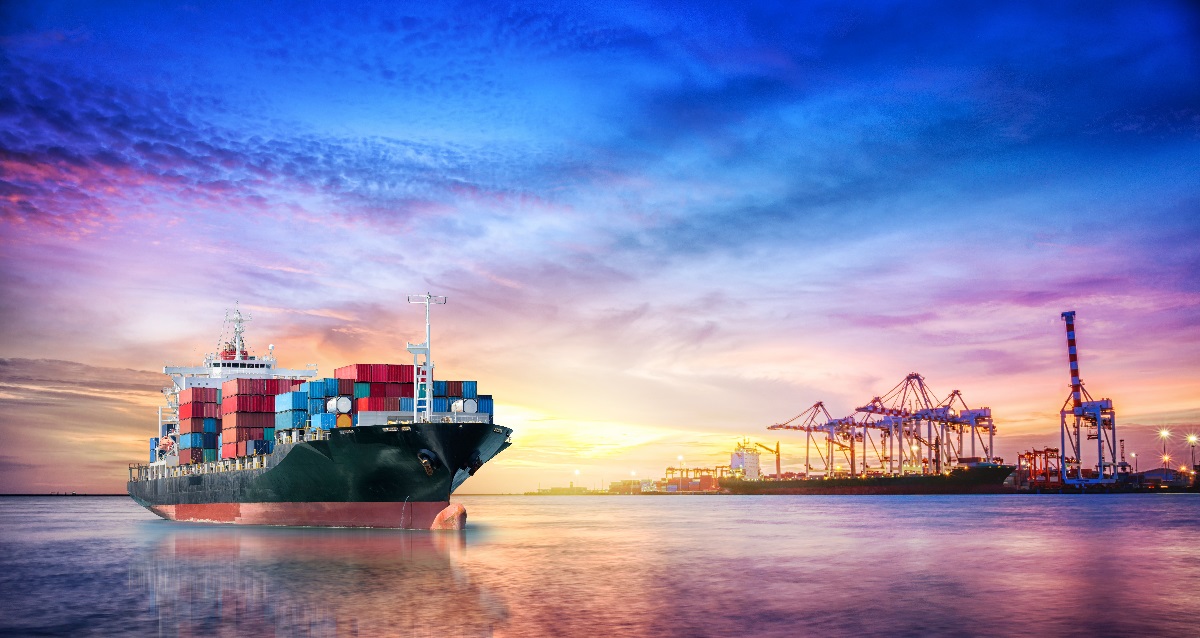
Operations, Supply Chain, Transportation
PR Newswire | February 02, 2024
Canadian Pacific Kansas City (CPKC) today announced its membership in the RailPulse Coalition.
RailPulse, founded by a dynamic consortium of forward-thinking railcar owners, is working to develop, broaden and accelerate the use of GPS and other telematics technologies on railcars that increase safety, efficiency, and visibility across North America's freight rail industry.
CPKC becomes the third Class I railroad and 10th member of the coalition, joining Bunge North America, GATX, Genesee & Wyoming Inc., Norfolk Southern Corporation, Railroad Development Corporation, The Greenbrier Companies, TrinityRail, Union Pacific Railroad, and Watco Companies LLC.
"We are pleased to be a part of RailPulse and to contribute to accelerating adoption of railcar telemetry in North America," said John Brooks, CPKC Executive Vice President and Chief Marketing Officer. "This collaboration aligns with our commitment to innovation and will play an important role in modernizing our customer experience and provide benefits to the entire supply chain by advancing safety and improving operations."
The key objectives of RailPulse include:
Industry Wide Telematics Infrastructure: The initiative facilitates collaboration among industry players by creating a secure, trusted, standardized, and vendor neutral railcar telematics infrastructure that spans the entire North American freight rail industry.
Data-Driven Transformation: By building an information infrastructure that harnesses data from GPS and railcar-mounted sensors and prioritizing data standardization and storage in the cloud, RailPulse focuses on delivering actionable insights enabling enhance service levels, visibility, safety, sustainability, and productivity.
Enhanced Service through Visibility: Through RailPulse, the integration of telematic sensors on railcars enables the generation of valuable data, empowering shippers with real-time visibility of railcar and goods movements to make informed decisions and optimize their operations.
"We welcome CPKC to the RailPulse Coalition. Together, we will drive transformative change in the rail sector by combining our strengths and fostering a culture of innovation," said David Shannon, General Manager of RailPulse. "This partnership underscores our commitment to shaping the future of rail transportation."
Response from RailPulse Members:
"The Board of RailPulse is very excited to welcome CPKC," said Mike McClellan, RailPulse Board Chair and Sr. VP &Chief Strategy Officer at Norfolk Southern. "CPKC brings a breadth of railroading knowledge to the table, and the insights that CPKC will be able to contribute from operating in 3 countries will be invaluable as we drive RailPulse to serve all of North America."
Forward looking information
This news release contains certain forward-looking information and forward-looking statements (collectively, "forward-looking information") within the meaning of applicable securities laws in both the U.S. and Canada. Forward-looking information includes, but is not limited to, statements concerning expectations, beliefs, plans, goals, objectives, assumptions and statements about possible future events, conditions, and results of operations or performance. Forward-looking information may contain statements with words or headings such as "financial expectations", "key assumptions", "will", "anticipate", "believe", "expect", "plan", "should", "commit", "outlook", "guidance" or similar words suggesting future outcomes.
This news release contains forward-looking information relating, but not limited, to statements about future technology and the potential for telematics technologies to increase safety, efficiency, and visibility across North America's freight rail industry and CPKC's expected benefits from such future technology.
The forward-looking information contained in this news release is based on current expectations, estimates, projections, and assumptions, having regard to CPKC's experience and its perception of historical trends.
Forward-looking information involves many inherent risks and uncertainties that could cause actual results to differ materially from the forward-looking information, including but not limited to the factors that are detailed from time to time in reports filed by CPKC with securities regulators in Canada and with the U.S. Securities and Exchange Commission (SEC) in the United States.
Reference should be made to "Item 1A - Risk Factors" and "Item 7 - Management's Discussion and Analysis of Financial Condition and Results of Operations - Forward-Looking Statements" in CPKC's annual and interim reports on Form 10-K and 10-Q. Any forward-looking information contained in this news release is made as of the date hereof. Except as required by law, CPKC undertakes no obligation to update publicly or otherwise revise any forward-looking information, or the foregoing assumptions and risks affecting such forward-looking information, whether as a result of new information, future events or otherwise.
Read More

Freight, Supply Chain
Kuehne+Nagel | January 08, 2024
The new year starts with electrifying news as Kuehne+Nagel announces its Book & Claim insetting solution for electric vehicles. This makes Kuehne+Nagel the first logistics service provider to launch this solution, which previously was limited to low-emission fuels. Implementing decarbonisation solutions and helping customers achieve their sustainability goals is a key component of Kuehne+Nagel’s Roadmap 2026 Living ESG cornerstone.
Developing Book & Claim insetting solutions for road freight was a strategic priority for Kuehne+Nagel. Last October, it launched an insetting solution for HVO—now followed by electric vehicles. The first-of-its-kind solution has been tested and validated in cooperation with leading external stakeholders.
Customers who use Kuehne+Nagel’s road transport services can now ‘claim’ the carbon reductions of electric trucks when it is not possible to physically move their goods on these vehicles. Reasons for that could be insufficient charging infrastructure or a limited driving range and payload. The solution helps to bridge those challenges which today still limit the deployment of electric trucks.
“We see battery-Electric Vehicles (BEVs) as the future to reduce emissions in road freight. Carbon insetting supports the scale-up of low-emission solutions like BEVs and helps to reduce the premium that customers pay for these solutions, thereby supporting the decarbonisation of road transport,” says Hansjörg Rodi, Member of the Management Board at Kuehne+Nagel International AG, responsible for Road Logistics.
For now, only Kuehne+Nagel’s owned BEVs are part of the Book & Claim offer to keep full control and transparency over the accuracy of the data that is used in the calculations. However, the team aims to expand the solution to BEVs operated by its partners so that it can support them in their fleet electrification journeys too. “Purchasing electric trucks can be a heavy financial burden, especially for smaller carriers. Including carriers in our solution requires further complex developments in the accounting methodology, but it would help them to finance their transition. This is our next priority,” concludes Rodi.
Read More

Logistics, Supply Chain, Transportation
USPack | January 05, 2024
USPack, a national leader in same-day, final-mile delivery solutions, and a NewSpring Holdings platform company, today unveils new branding and launches USPack Healthcare. These moves mark a significant milestone in USPack's evolution and position the company at the forefront of innovation and customized final mile solutions, catering to the growing needs of healthcare, retail, and big & bulky customers in the modern logistics landscape.
For over 30 years USPack has led the way in building tailored logistics solutions for some of the most prestigious names in healthcare including pharmacies, major hospital systems, and labs. More recently, USPack has quickly expanded into providing more complex and critical solutions supporting clinical trials, nuclear medicine, medical devices, and long-term care facilities, ultimately contributing to improved patient care and outcomes. In response to the ever-evolving landscape of the healthcare industry, USPack is committed to enhancing operational efficiency and ensuring the timely delivery of critical supplies by formalizing USPack Healthcare. Existing customers will continue to have the same high-touch service levels and benefit from increased supply chain visibility.
As the final mile logistics industry undergoes transformative changes driven by technological advancements and customer demands, USPack has built a nationwide reputation for customizable logistics solutions encompassing speed, efficiency, and accuracy. The new branding, which includes a new logo, website, and updated color palette for USPack Healthcare, uses a mile marker to reflect the company's commitment to final mile precision.
"Macro-economic tailwinds including the aging population, the growing life-sciences market, and the rise of in-home healthcare solutions combined with customer demand have us doubling down on our capabilities. We will build on our already robust service-centric solutions for routed and STAT final-mile solutions with the launch of USPack Healthcare," says Mike Clark, USPack CEO. "We're proud of our tech-forward approach, problem-solving mindset, and decades of experience serving the final mile. Our new USPack branding and the rollout of USPack Healthcare underscore the deliberate evolution of USPack as we look to expand our trusted customer relationships across all market sectors."
Read More